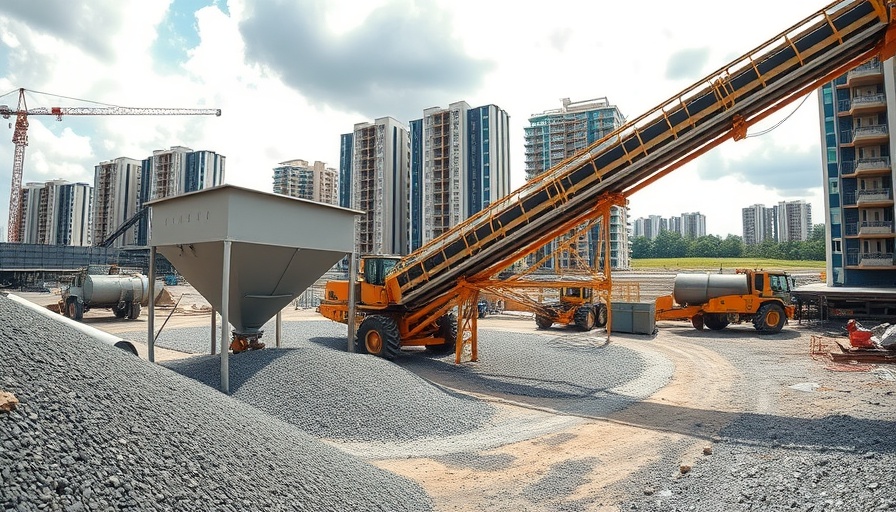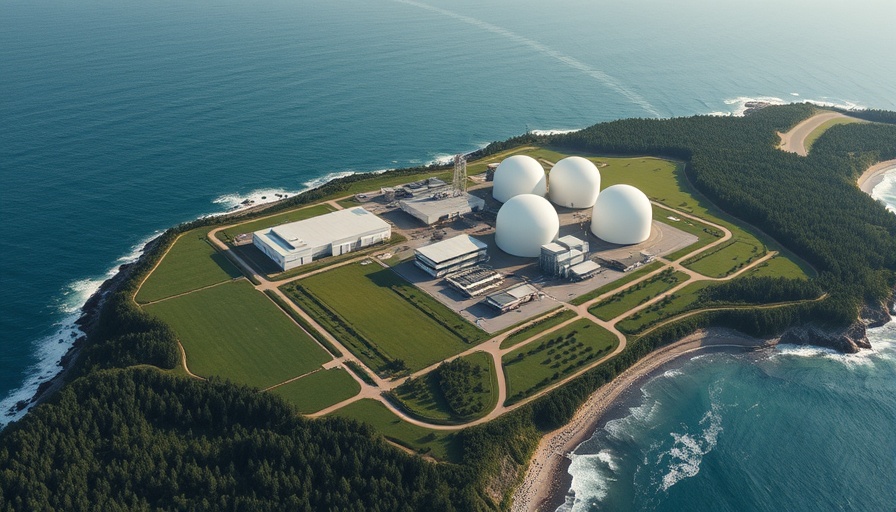
UK Building Standards: A Barrier to Sustainable Growth?
The recent discussion around the demolition of St Helen’s Tower highlights a pressing issue in the UK construction industry. While numerous advancements in environmentally-conscious building practices emerge, UK standards—such as British Standard BS 8500-2—seem to be curtailing those efforts. The reality is stark: we could be achieving significantly more in terms of carbon reduction and efficient use of resources if regulations were updated.
The Case for Recycling: Lessons from Switzerland
Neustark, a recycling specialist, proposes a different approach that echoes what is happening in Switzerland, where regulations permit the use of up to 80% recycled concrete aggregate (RCA) in some projects. This higher threshold fosters sustainable construction practices by allowing developers to utilize demolition materials more fully. By applying similar flexibility in the UK, the construction sector could leverage existing resources to minimize carbon footprints in iconic projects such as One Undershaft.
Waste Not, Want Not: The Circular Economy's Role
Recycling demolition concrete could have far-reaching implications beyond just reducing landfill. It exemplifies the principles of the circular economy, which emphasizes reusing materials to benefit both the environment and the economy. Projects like 100 Leadenhall Street and 50 Fenchurch Street demonstrate that an appetite for green building exists among architects and developers. They recognize the importance of carbon sequestration and are eager to implement innovative solutions.
Future Visions: Transforming the UK’s Building Landscape
Imagine London embracing a more flexible approach that allows developers not just to recycle but to transform how buildings are constructed. By raising the limits on RCA usage to align with European standards, we could see a renaissance of eco-friendly structures, deepening the connection with our shared environment. More sustainable practices could also bolster community pride, particularly in cutting-edge developments that define our skyline.
How Homeowners Benefit from Sustainable Building Practices
As young homeowners in London, staying informed about green building practices is crucial. Not only do these trends impact the aesthetics and functionality of homes but they also influence property values and community wellbeing. Homes constructed with recycled materials often boast better energy efficiency, lower running costs, and a positive impact on the environment.
Actions You Can Take: Get Involved!
What can you do to contribute to a more sustainable construction future? Engaging in discussions about building regulations at local forums or supporting projects that prioritize green initiatives can make substantial impacts. Additionally, consider opting for sustainable renovations in your home. Even small changes can lead to ripple effects within the community.
Conclusion: The Path to Sustainable Futures in London
The conversation surrounding UK standards and their impact on green construction is critical for the future of our city. As homeowners, being informed and proactive can push the boundaries of what is possible. Engage, advocate, and choose sustainability in your home improvement projects. Together, we can nurture a thriving, eco-conscious community in London.
 Add Row
Add Row  Add
Add 




Write A Comment